当前位置:网站首页>All the ArrayList knowledge you want to know is here
All the ArrayList knowledge you want to know is here
2022-07-06 08:05:00 【fiance111】
ArrayList And sequence table
List of articles
- ArrayList And sequence table
- The linear table
- Definition of sequence table
- MyArrayList class
- Print order table
- New data method (add)
- Determine whether to include an element
- Find the corresponding position of an element
- obtain pos The element of location
- take pos The element of the position is set to value -- to update
- Delete the first keyword key
- Get the length of the order table
- Clear the sequence table
- ArrayList class
- Advantages and disadvantages of sequence table
The linear table
The linear table is n A finite sequence of data elements with the same properties , Common linear tables are : The order sheet 、 Linked list 、 Stack 、 queue ……
A linear table is logically linear , That is, a continuous straight line , But it is not necessarily continuous in physical structure , When a linear table is physically stored , It is mainly stored in the form of array and chain structure .


Here we need to know what is physical and logical
Physically : In fact, it's in memory
logically : Is thinking
Definition of sequence table
A sequence table is a linear structure in which data elements are stored once in a storage unit with continuous physical addresses , Generally, it is stored by an array , Add, delete, check and modify data on the array .
MyArrayList class
The knowledge of data structure is very rigorous , Therefore, we must consider carefully when implementing
// Write first MyArrayLis Class fields and constructors
class MyArrayList {
public int[] elem;
public int usedSized;//usedSized Is the valid data stored in the current array
public static final int DEFAULT_CAPACITY=10;// Size of initial array
public MyArrayList() {
// Construction method 1、 no return value 2、 The method name is consistent with the class name
this.elem = new int[DEFAULT_CAPACITY];
}
}
Print order table
// Print order table -- Just print all the significant numbers
public void display() {
for (int i = 0; i < usedSized; i++) {
System.out.print(this.elem[i]+" ");
}
System.out.println();
}
New data method (add)
To add data, you need to consider whether to expand , Then we will implement it in detail
// New elements , Add at the end of the array by default -- We must consider whether the array will be full ( Capacity expansion )
public void add(int data) {
if(isFull()){
elem= Arrays.copyOf(elem, elem.length * 2);//Arrays.copyOf The return value of is an array , So use elem Take over
}
elem[usedSized]=data;
usedSized++;
}
// Determine whether the array is full , Be sure to compare with the array length , Do not mix DEFAULT_CAPACITY Compare , Because it may be expanded later , You can't use it then DEFAULT_CAPACITY 了 , So here is elem.length
public boolean isFull() {
return usedSized == elem.length;
}
add Method implementation in pos Add a new data at the subscript position
1、 Check whether the following table is legal
2、 Determine whether the array is full
3、 Concrete realization
To throw exceptions , It is better to customize exceptions
package sequence_table;
/* Customize an exception ( Illegal subscript exception ) */
public class PosIndexNotLegalException extends RuntimeException {
public PosIndexNotLegalException() {
}
public PosIndexNotLegalException(String message) {
super(message);
}
}
Specifically realize the new data

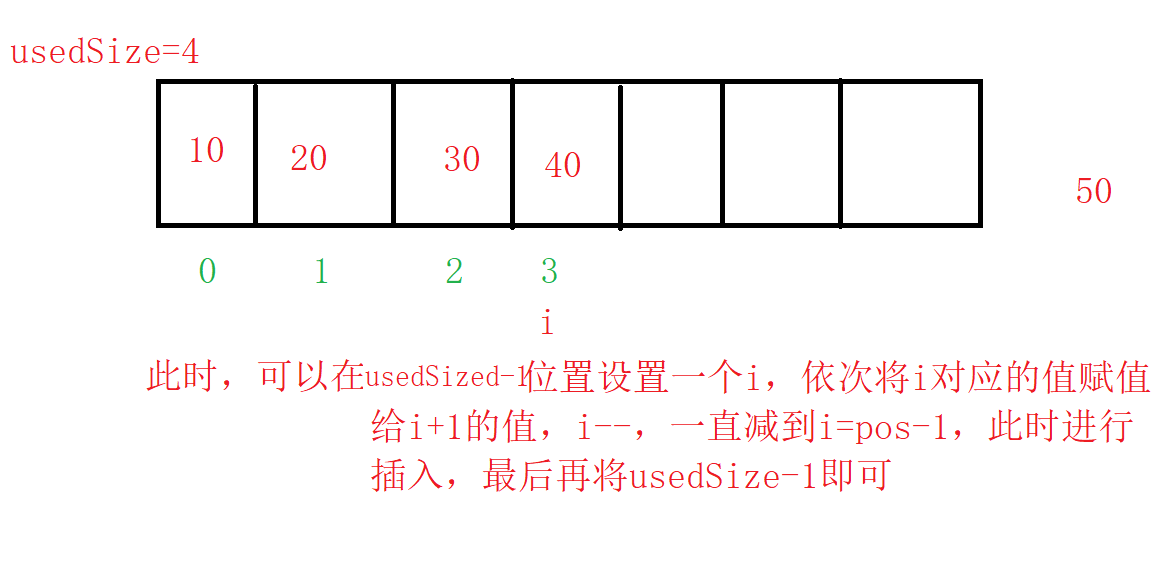
/* checkPosAdd To check whether the subscript to be added is legal , Set to private Because this method will not be removed outside the class , */
private void checkAddPosAdd(int pos) {
if (pos < 0 || pos > usedSized) {
throw new PosIndexNotLegalException("pos Illegal location ");// Throw exceptions
}
}
// stay pos Location new element --add Method implements overloading
public void add(int pos, int data) {
try {
checkAddPosAdd(pos);// Judge pos Is the following table reasonable
if (isFull()) {
// Determine whether the array is full
elem= Arrays.copyOf(elem, elem.length * 2);
}
for (int i = usedSized-1; i >= pos ; i--) {
elem[i + 1] = elem[i];
}
elem[pos]=data;
usedSized++;
} catch (PosIndexNotLegalException e) {
e.printStackTrace();
}
}
Determine whether to include an element
public boolean contains(int toFind) {
for (int i = 0; i < usedSized; i++) {
if (elem[i] == toFind) {
return true;
}
}
return false;
}
Find the corresponding position of an element
public int indexOf(int toFind) {
for (int i = 0; i < usedSized; i++) {
if (elem[i] == toFind) {
return i;
}
}
return -1;
}
obtain pos The element of location
1、 Judge the validity of subscripts
2、 Concrete realization
/* Judge get Methodical pos Is it legal , Judging from the above add Of pos The difference between whether it is legal or not is that you can't get usedSize */
private void checkGetPosAdd(int pos) {
if (pos < 0 || pos >= usedSized) {
throw new PosIndexNotLegalException("get Methodical pos Illegal location ");
}
}
public int get(int pos) {
try {
checkGetPosAdd(pos);
return elem[pos];
} catch (PosIndexNotLegalException e) {
// If it's really illegal , We have to deal with it here pos Illegal issues
e.printStackTrace();
}
return -1;
}
take pos The element of the position is set to value -- to update
public void set(int pos, int value) {
try{
checkGetPosAdd(pos);// Judge the legitimacy of subscripts
elem[pos] = value;
}catch(PosIndexNotLegalException e){
e.printStackTrace();
}
}
Delete the first keyword key
public void remove(int toRemove) {
int pos=indexOf(toRemove);//index If not found in the method toRemove Just go back to -1
if (pos == -1) {
System.out.println(" There is no such number ");
return;
}
for (int i = pos; i <usedSized-1; i++) {
elem[i] = elem[i + 1];
}
usedSized--;
}
Get the length of the order table
public int size() {
return usedSized;
}
Clear the sequence table
public void clear() {
// Because this is not a reference type , Not all for Circulated , Direct will usedSize Set as 0 that will do
/*for (int i = 0; i < usedSized; i++) { elem[i] = null; }*/
usedSized=0;
}
The above is the implementation of the sequence table method
Actually Java We have been provided with the code of the sequence table , That's what it is ArrayList class
ArrayList class
public class Test {
public static void main(String[] args) {
ArrayList<Integer> arrayList1 = new ArrayList<>();
arrayList1.add(0);
arrayList1.add(1);
arrayList1.add(2, 78);
System.out.println(arrayList1);// Print
}
}
Intercept data
public static void main(String[] args) {
ArrayList<String> list = new ArrayList<>();
list.add("JavaSE");
list.add("JavaWeb");
list.add("JavaEE");
list.add("JVM");
list.add(" Test course ");
List<String> ret = list.subList(1, 3);// Intercept , Left closed right away
System.out.println(ret);
}
In sequence 3 Ergodic methods
public static void main(String[] args) {
ArrayList<String> list = new ArrayList<>();
list.add("JavaSE");
list.add("JavaWeb");
list.add("JavaEE");
list.add("JVM");
list.add(" Test course ");
List<String> ret = list.subList(1, 3);// Intercept , Left closed right away
//1、 Print directly
System.out.println(ret);
System.out.println("==============");
//2、for loop
for (int i = 0; i < list.size(); i++) {
System.out.println(list.get(i));
}
System.out.println("==============");
//3、foreach
for (String x:list) {
System.out.println(x);
}
}
// The result is :
[JavaWeb, JavaEE]
==============
JavaSE
JavaWeb
JavaEE
JVM
Test course
==============
JavaSE
JavaWeb
JavaEE
JVM
Test course
In fact, there is another The method of iterator To print the data in the sequence table
public static void main(String[] args) {
Iterator<String> it = list.iterator();
while (it.hasNext()) {
System.out.println(it.next());
}
}
Advantages and disadvantages of sequence table
advantage : Because the sequence table stores data in a continuous memory space , So the space utilization rate is high
Because the sequence table stores data directly through subscripts , So the reading speed is fast
shortcoming :
The insertion and deletion of the sequence table need to traverse all the data to move the data
Memory allocation is not flexible , When the data to be read is more than that of the sequence table , Will appear ” overflow “, conversely , There will be a waste of memory space
If you want to solve the above problems , We need to learn another data structure — Linked list .
The above is the theoretical knowledge of the sequence table and the simple method to realize , Then I will give some examples about the sequence table , I hope you can correct me more .
边栏推荐
- Vit (vision transformer) principle and code elaboration
- [Yugong series] February 2022 U3D full stack class 011 unity section 1 mind map
- Go learning notes (3) basic types and statements (2)
- 好用的TCP-UDP_debug工具下载和使用
- [untitled]
- How to prevent Association in cross-border e-commerce multi account operations?
- File upload of DVWA range
- [factorial inverse], [linear inverse], [combinatorial counting] Niu Mei's mathematical problems
- Nft智能合约发行,盲盒,公开发售技术实战--拼图篇
- Learn Arduino with examples
猜你喜欢
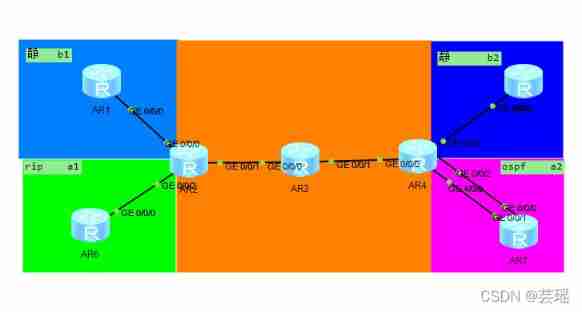
hcip--mpls
![[research materials] 2022 enterprise wechat Ecosystem Research Report - Download attached](/img/35/898a8086bc35462b0fcb9e6b58b86b.jpg)
[research materials] 2022 enterprise wechat Ecosystem Research Report - Download attached
![[count] [combined number] value series](/img/f5/6fadb8f1c8b75ddf5994c2c43feaa6.jpg)
[count] [combined number] value series

ROS learning (IX): referencing custom message types in header files
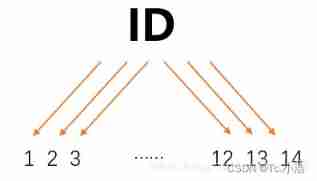
Machine learning - decision tree
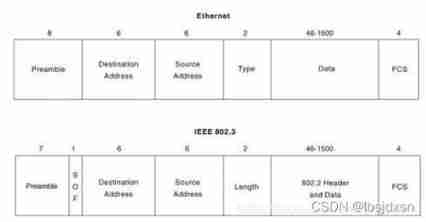
Hcip day 16
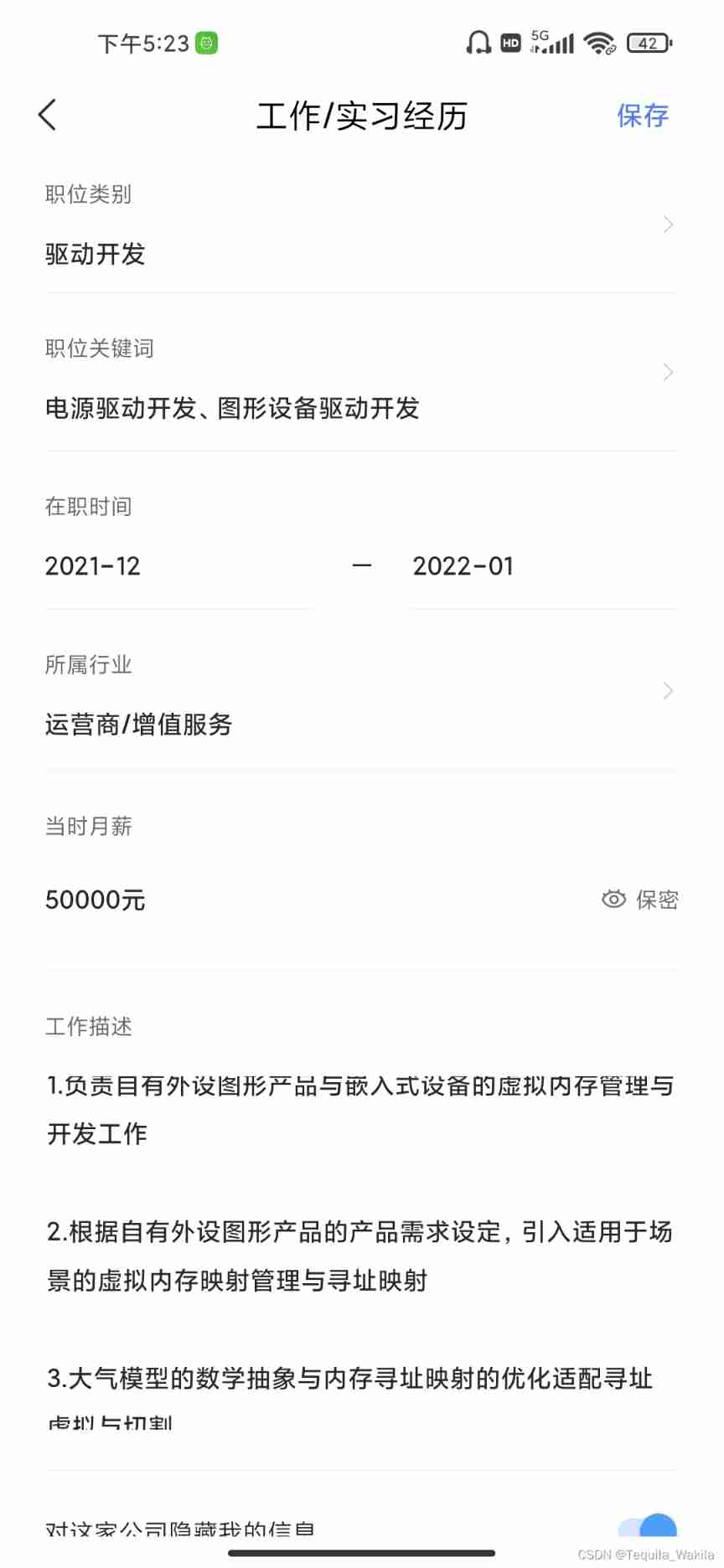
It's hard to find a job when the industry is in recession
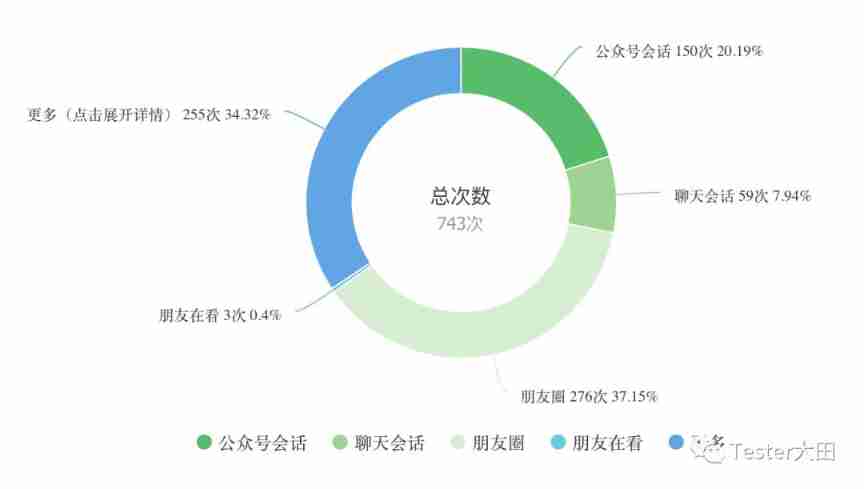
IP lab, the first weekly recheck

珠海金山面试复盘
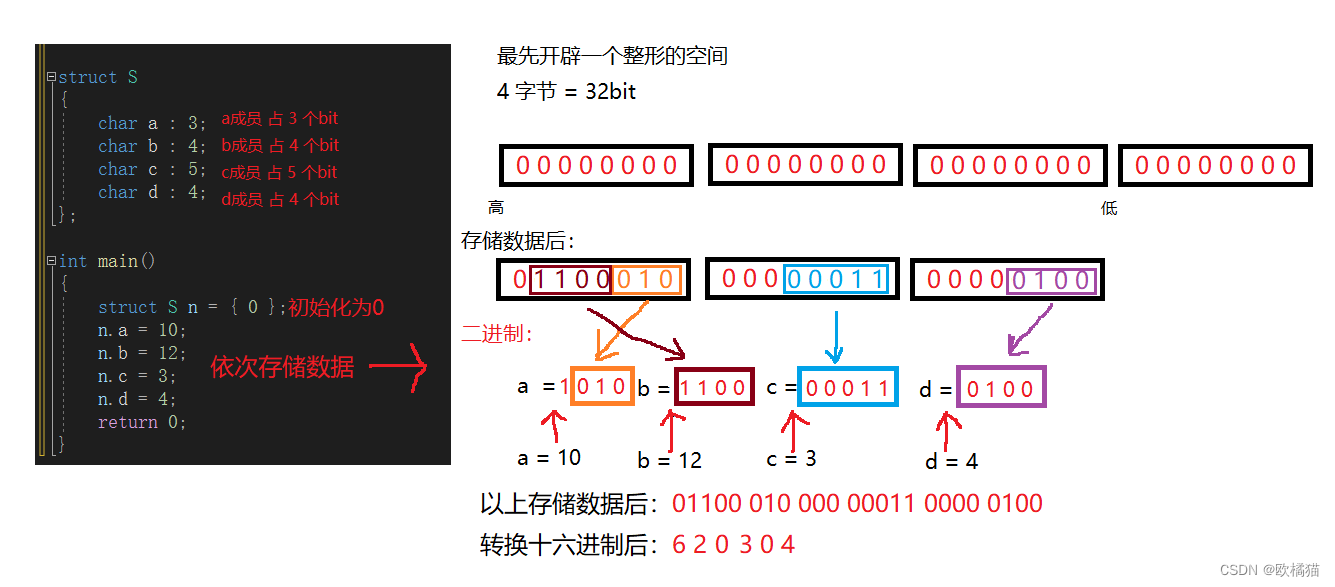
C语言 - 位段
随机推荐
The Vice Minister of the Ministry of industry and information technology of "APEC industry +" of the national economic and information technology center led a team to Sichuan to investigate the operat
[factorial inverse], [linear inverse], [combinatorial counting] Niu Mei's mathematical problems
Step by step guide to setting NFT as an ens profile Avatar
What are the ways to download network pictures with PHP
How to prevent Association in cross-border e-commerce multi account operations?
[nonlinear control theory]9_ A series of lectures on nonlinear control theory
Esrally domestic installation and use pit avoidance Guide - the latest in the whole network
[research materials] 2022 enterprise wechat Ecosystem Research Report - Download attached
Nacos Development Manual
Data governance: data quality
MFC 给列表控件发送左键单击、双击、以及右键单击消息
Common functions for PHP to process strings
灰度升级 TiDB Operator
使用 BR 备份 TiDB 集群数据到兼容 S3 的存储
Artcube information of "designer universe": Guangzhou implements the community designer system to achieve "great improvement" of urban quality | national economic and Information Center
DataX self check error /datax/plugin/reader/_ drdsreader/plugin. Json] does not exist
Tidb backup and recovery introduction
"Designer universe" Guangdong responds to the opinions of the national development and Reform Commission. Primary school students incarnate as small community designers | national economic and Informa
C语言 - 位段
Chinese Remainder Theorem (Sun Tzu theorem) principle and template code